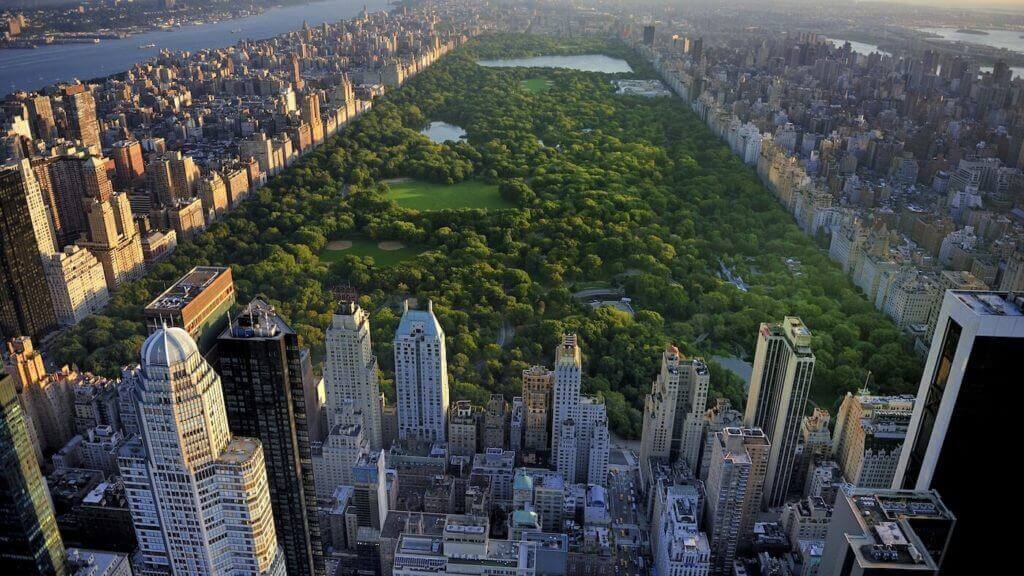
“I wouldn’t be surprised if it’s sort of a schizophrenic year,” PwC’s hospitality industry leader Scott Berman said, referencing the unpredictable U.S. political climate, as well as economic factors. “There’s no question that these first 12 weeks of the year will dictate how the rest of the year goes, barring any unforeseen circumstances.”
Hoteliers are optimistic, though, at least more so than before the election. “As the Dow rose, so did confidence,” he said. And early numbers from the fourth quarter appear to show an unexpected bump. U.S. average daily rate grew 2.6 percent to $122.25, and occupancy increased 0.6 percent to 60.7 percent, according to STR. “The fourth quarter gave us confidence to go back at it,” Berman said of the industry.
That strong fourth-quarter performance, plus an improved outlook for 2017 GDP growth (2.3 percent), led PwC to revise its 2017 lodging forecast, pegging revenue per available room growth also at 2.3 percent. In November, PwC had projected 2017 RevPAR growth at 1.7 percent. STR puts it at 2.5 percent, largely driven by rate growth. CBRE Hotels projects 2.9 percent, “roughly half the 6 percent to 8 percent growth we saw during the recovery period between 2010 and 2015,” said Robert Mandelbaum, director of Americas research information services.
While there may be cause for positivity, others worry the industry is overlooking headwinds. “Re-acceleration in economic growth should help, but prognosticators appear overly optimistic,” Morgan Stanley equity researchers Thomas Allen, Mark Savino and Chaodan Zheng wrote.
So what are the headwinds?
Unfavorable Supply Vs. Demand Dynamics
The post-election economic bump means corporate transient demand growth is expected to increase more than previously thought in 2017. However, that won’t stave off the imbalance between supply growth and demand growth. For the first time in five years, supply growth, at 2 percent, is expected to overtake demand growth, at 1.7 percent, according to STR. As such, STR expects occupancy to dip 0.3 percent, pressuring hoteliers to raise rates in order to achieve RevPAR growth.




